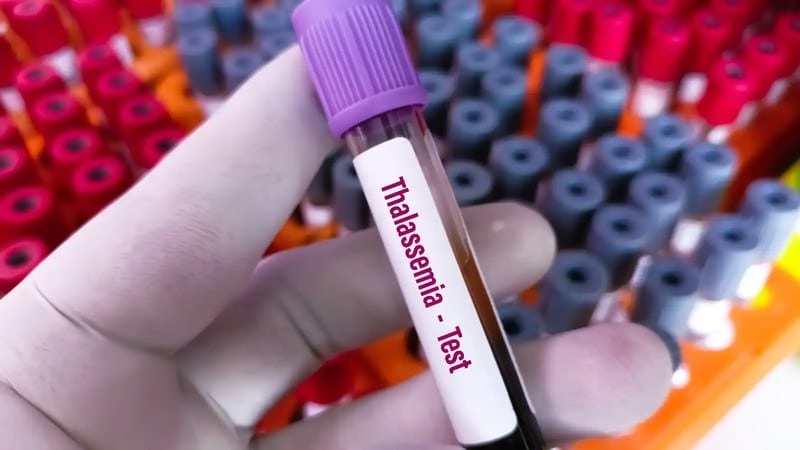Thalassemia

Another bleeding disorder that can potentially cause gallstones is thalassemia. This inherited condition occurs when the body generates abnormal forms of hemoglobin, the protein found in RBCs that carry oxygen. The disease can destroy erythrocytes and lead to anemia. Some symptoms of the condition include facial bone deformities, dark urine, delayed development and growth, gallstones, excessive fatigue, and pale or yellow skin. It’s worth noting not everyone will have noticeable signs of the disease. They may also appear later in adolescence.
Like the Von Willebrand condition, thalassemia is hereditary. It occurs when mutations and abnormalities exist in the genes that are involved with the production of hemoglobin. Those with only one parent as a carrier will likely develop a minor form of the disease. In these cases, symptoms rarely—if ever—present themselves. And those that do feel minimal attacks at best. However, if thalassemia is inherited from both parents, there’s a chance of developing the more severe variant.
Diagnosing thalassemia is usually done via a blood sample tested for abnormal hemoglobin and anemia. The lab technicians will also check for any oddly-shaped RBCs. Physical examinations may also help, as enlarged spleens are common indicators of hemoglobin disorders.










